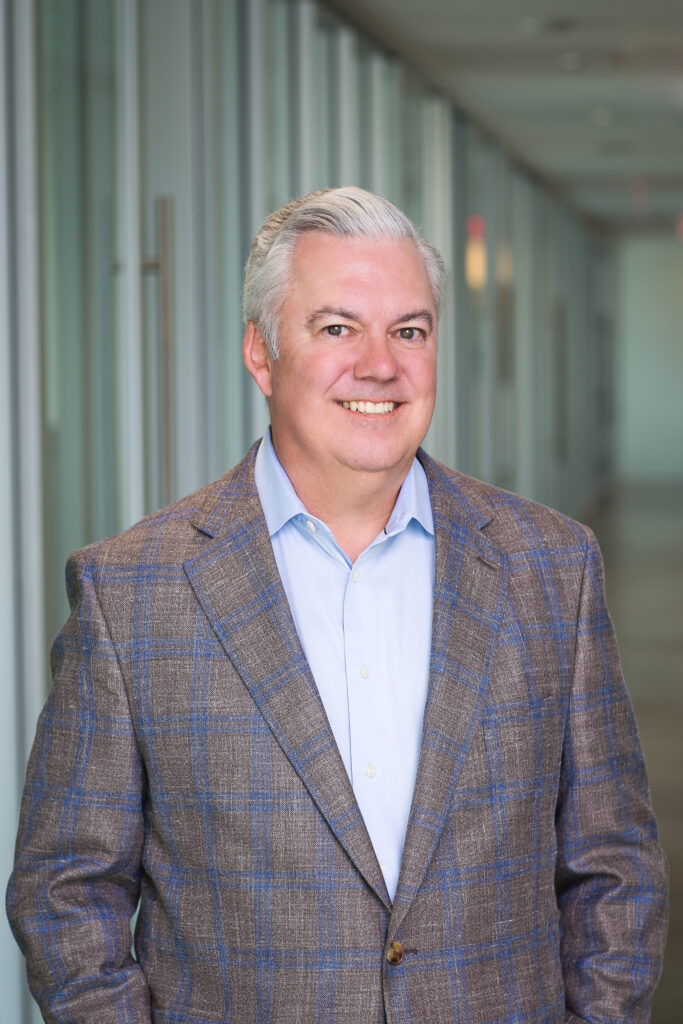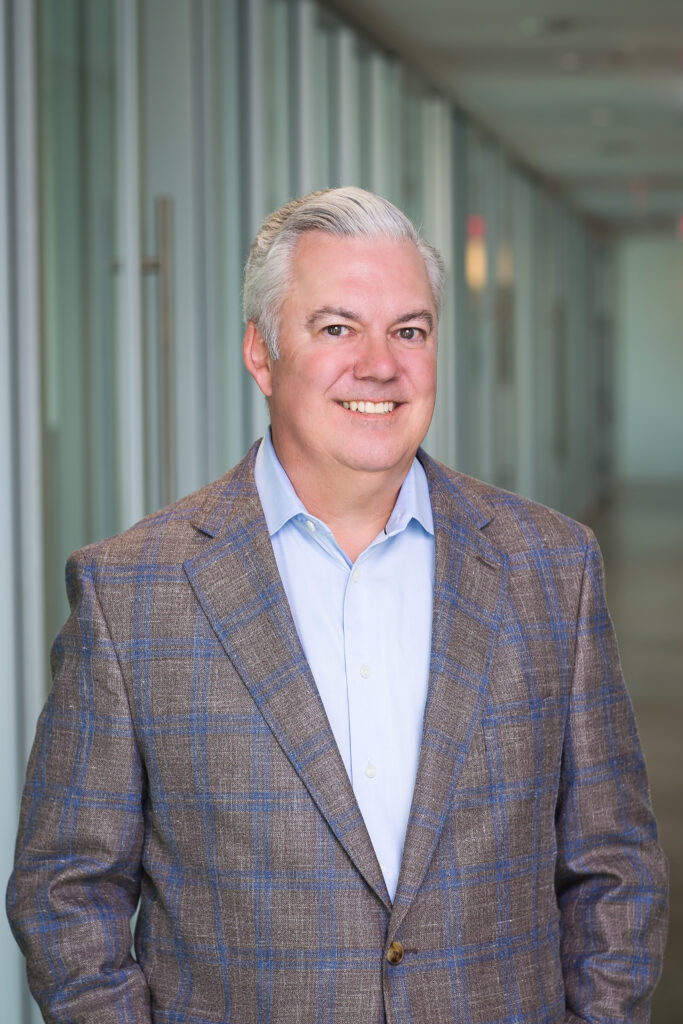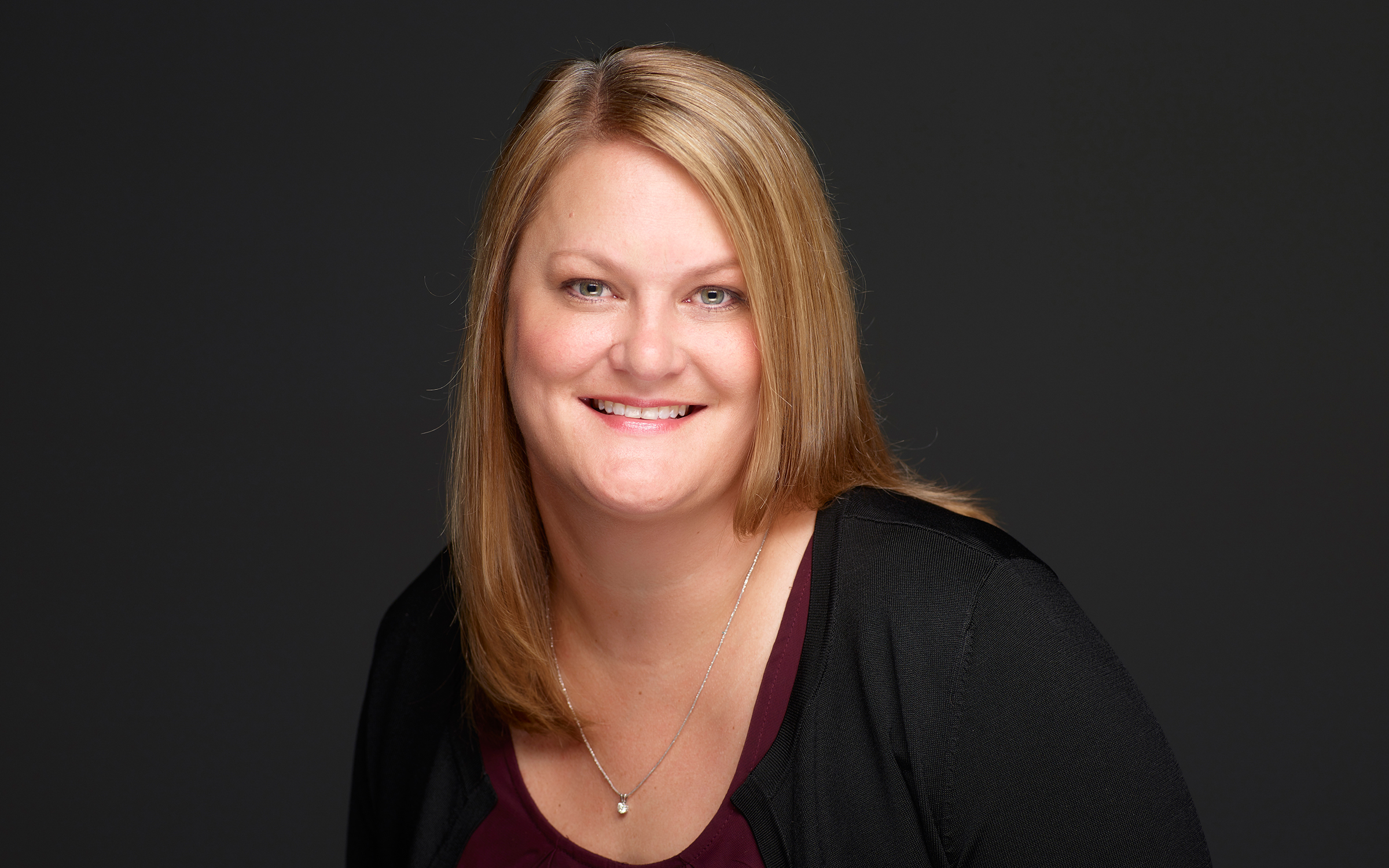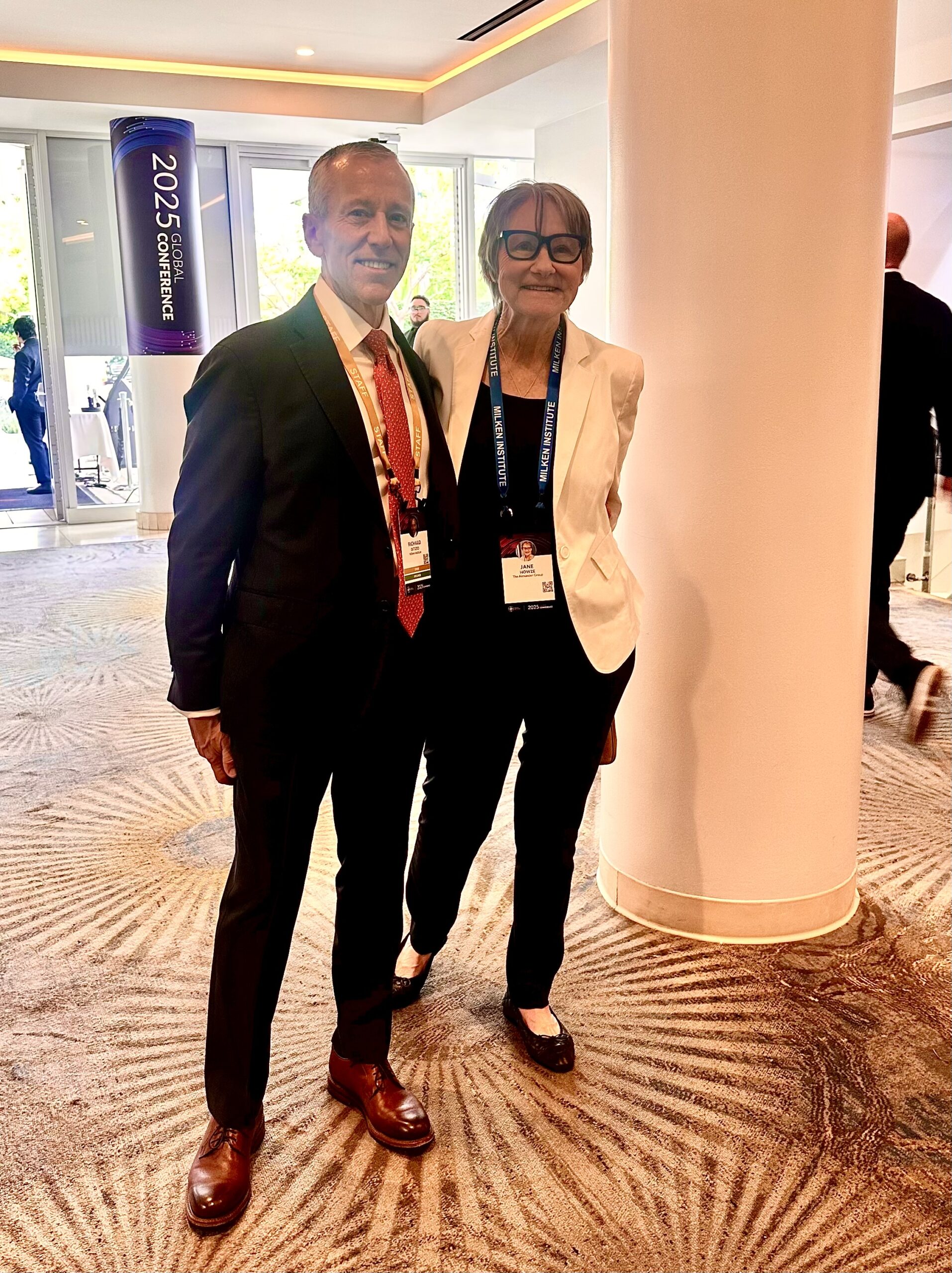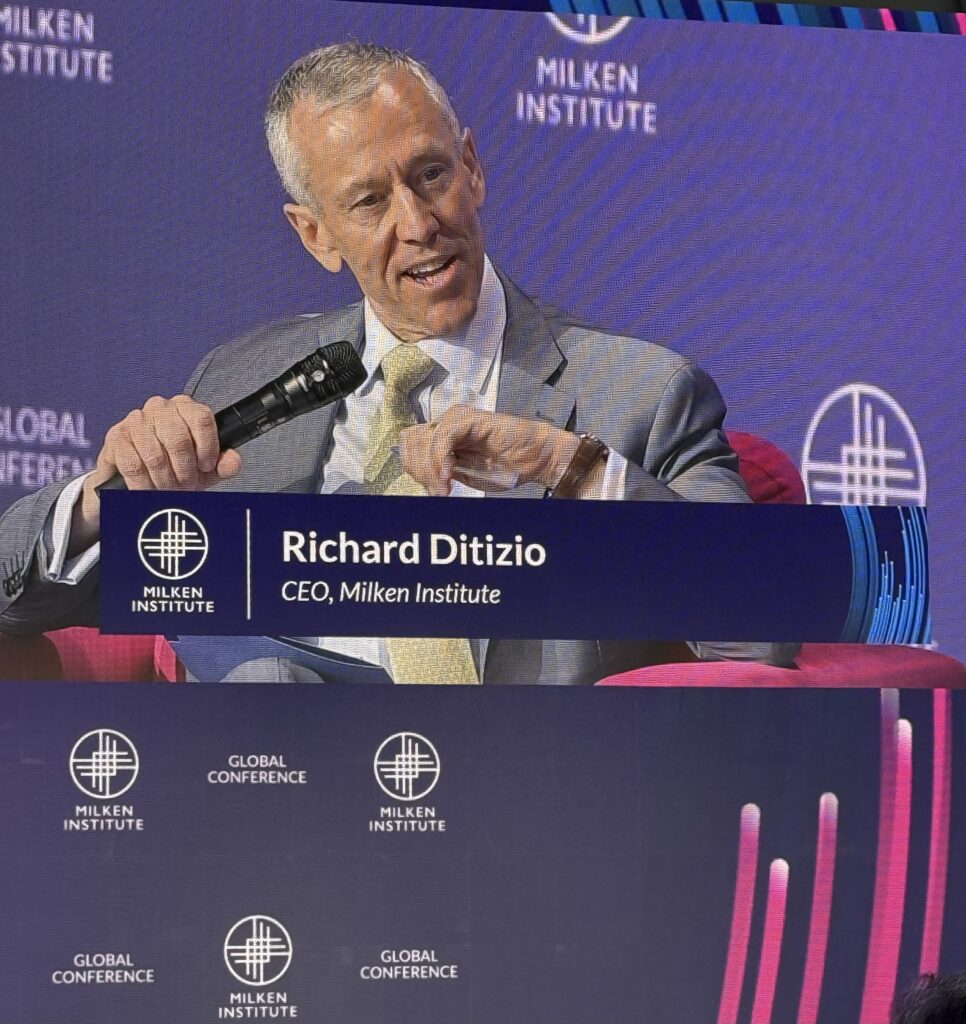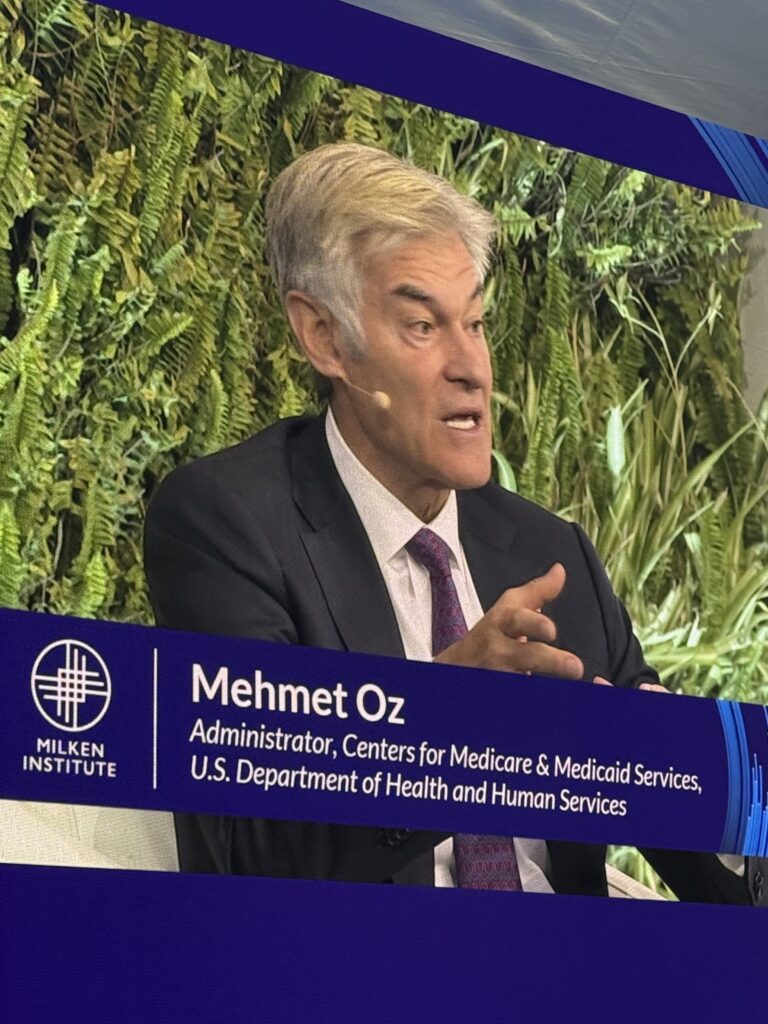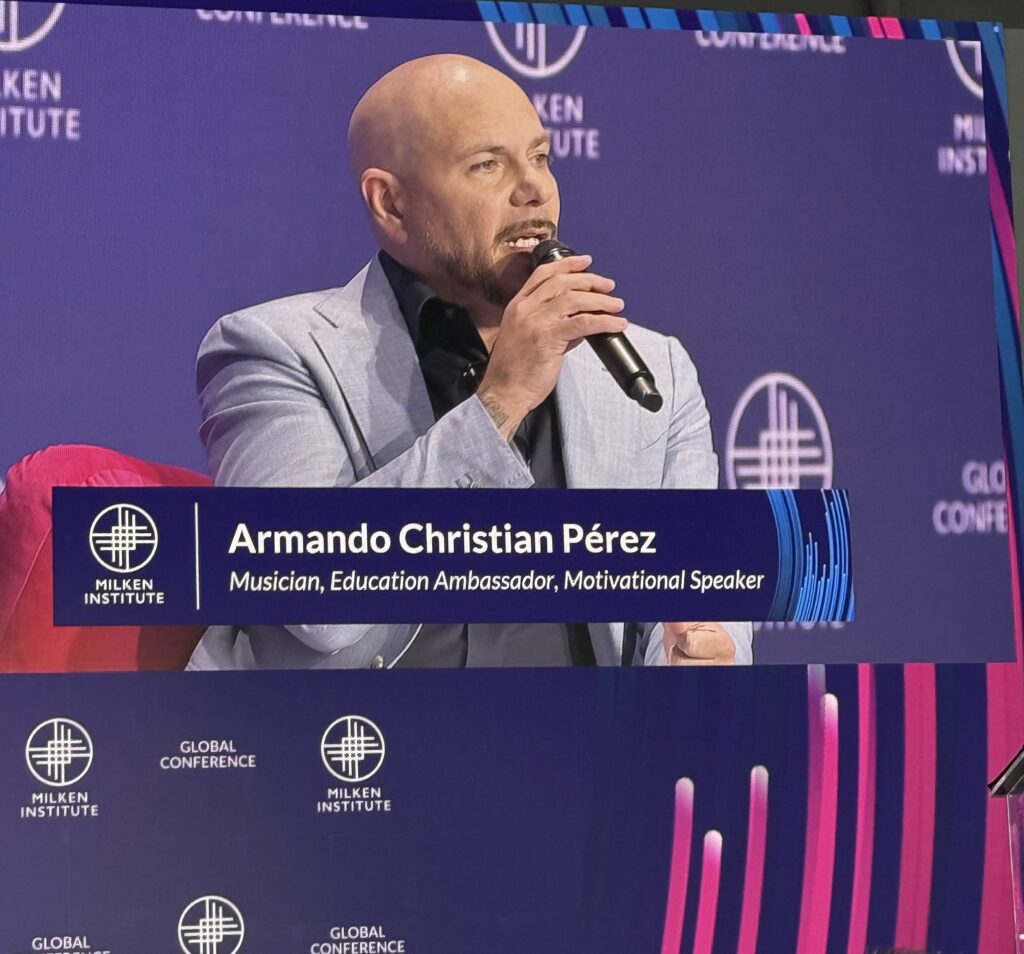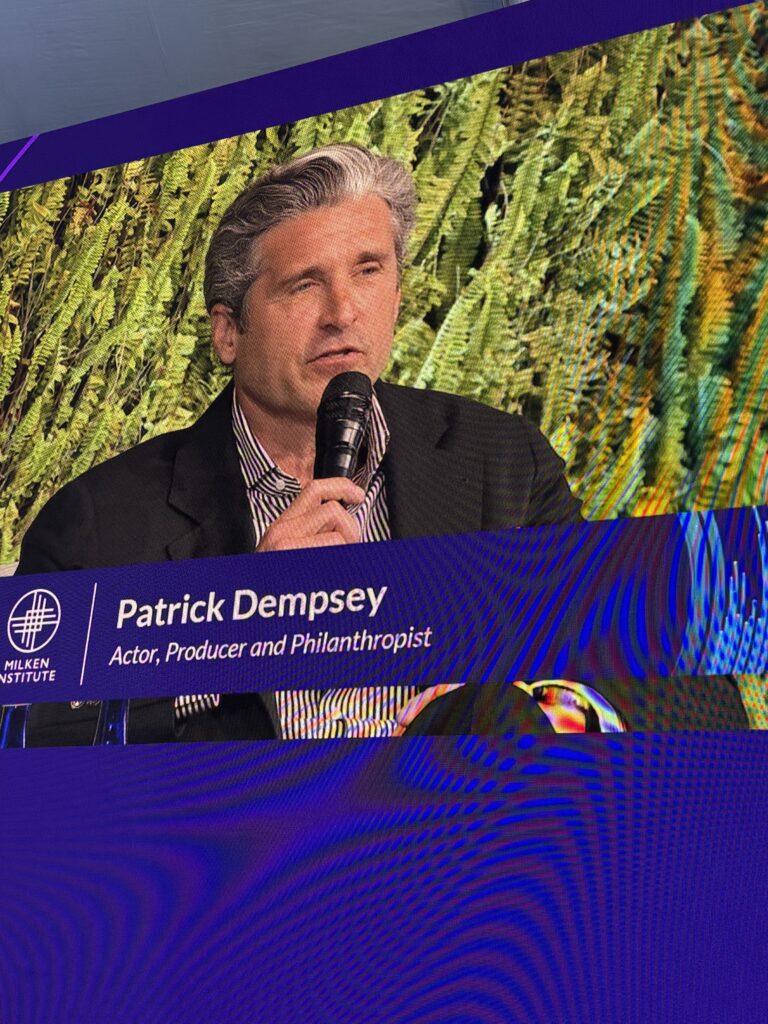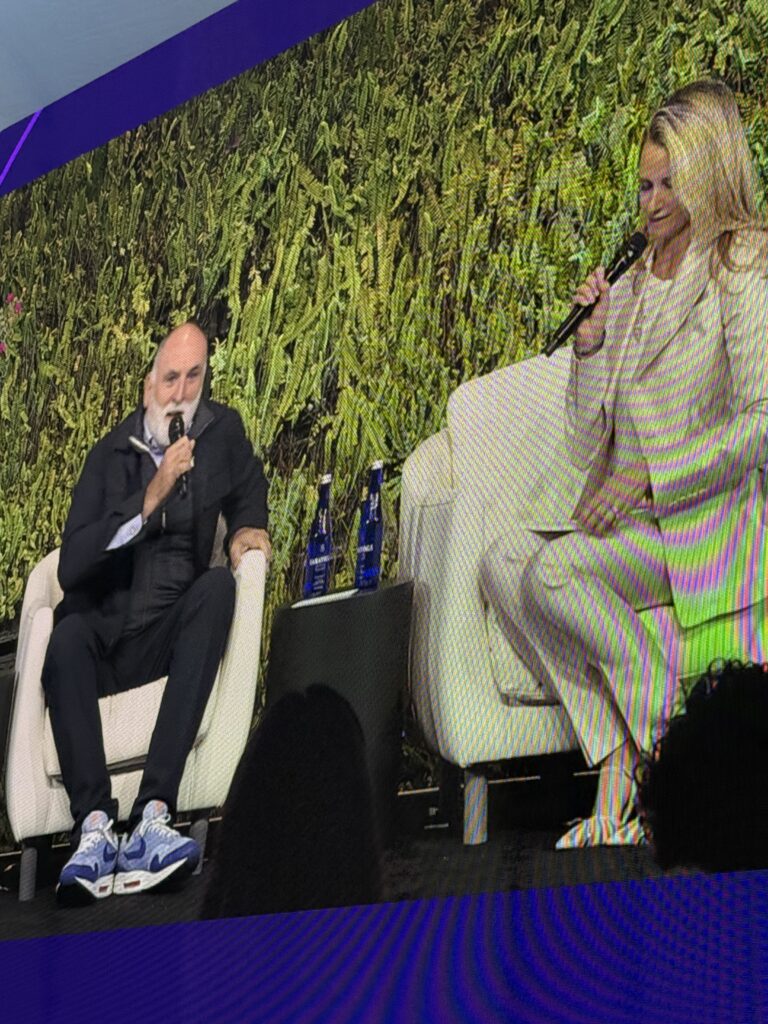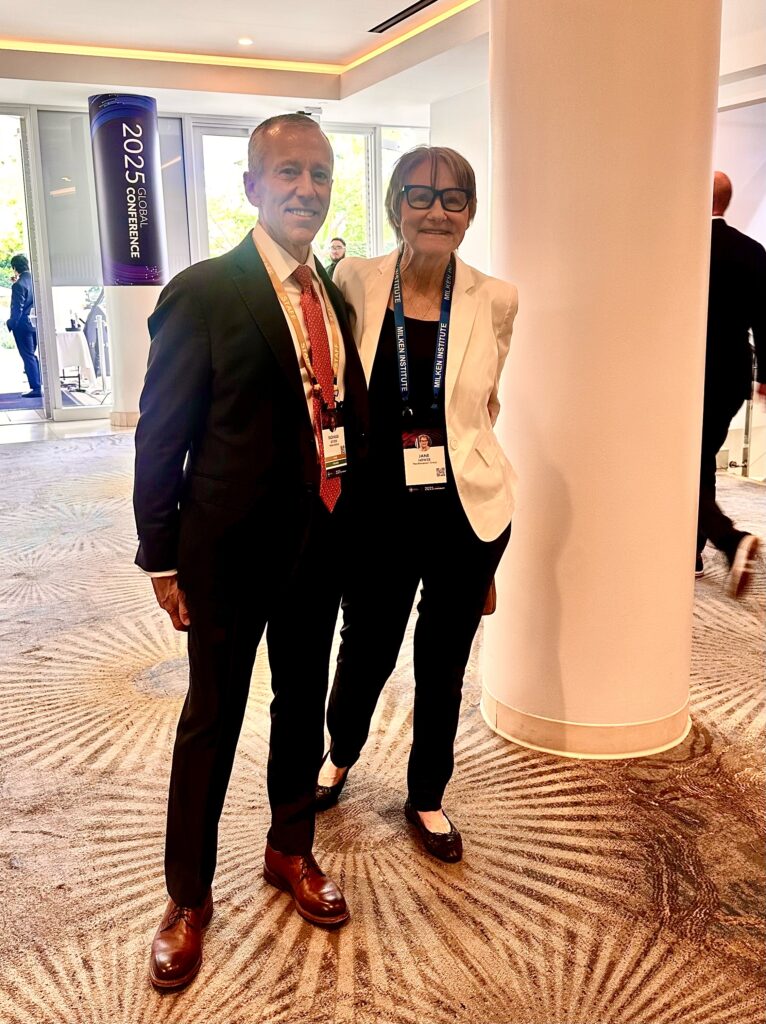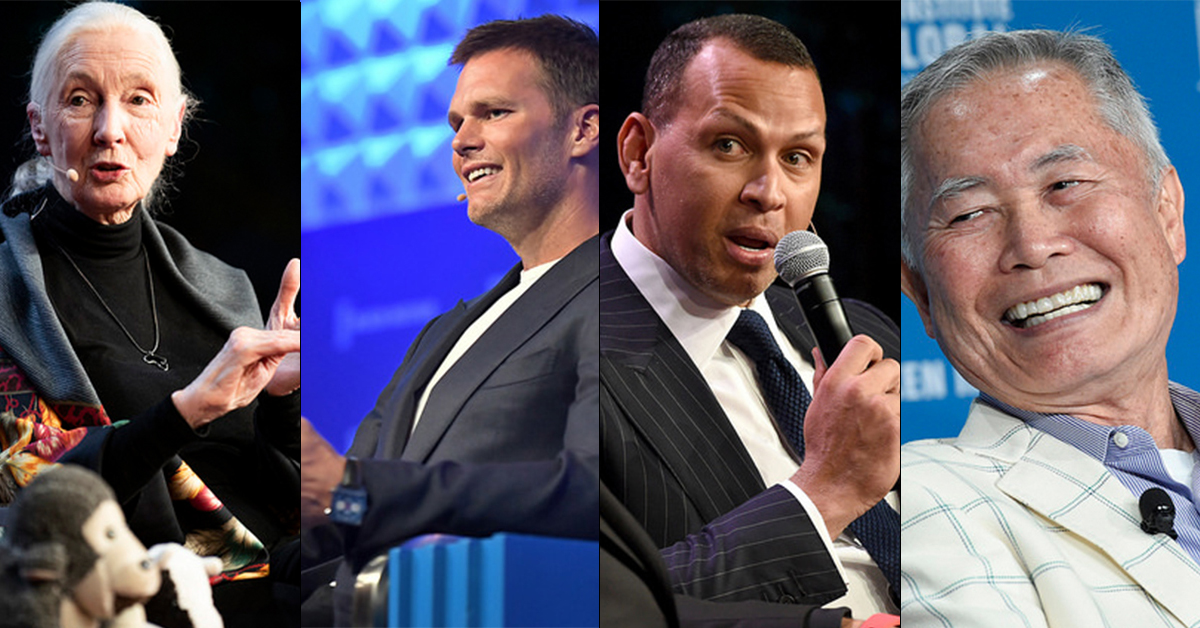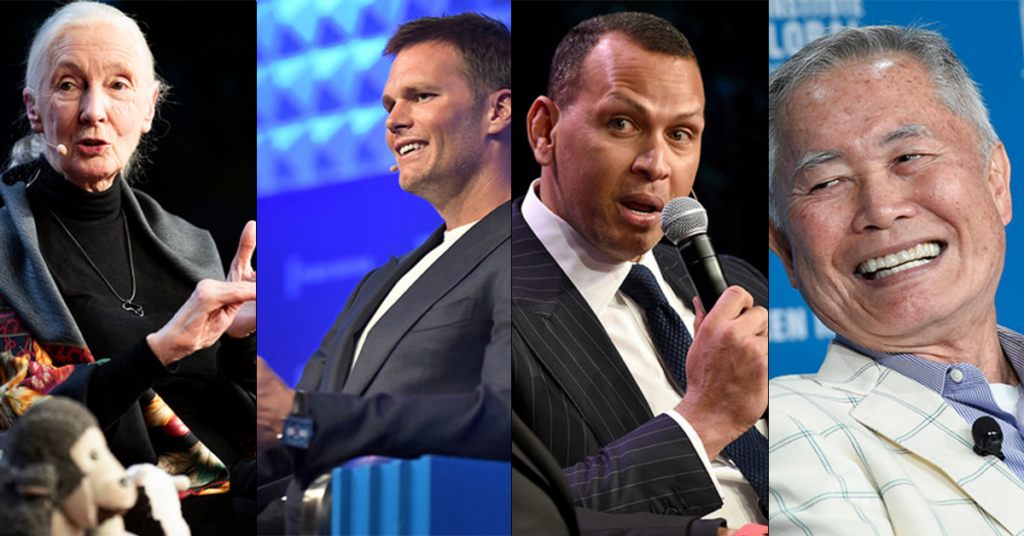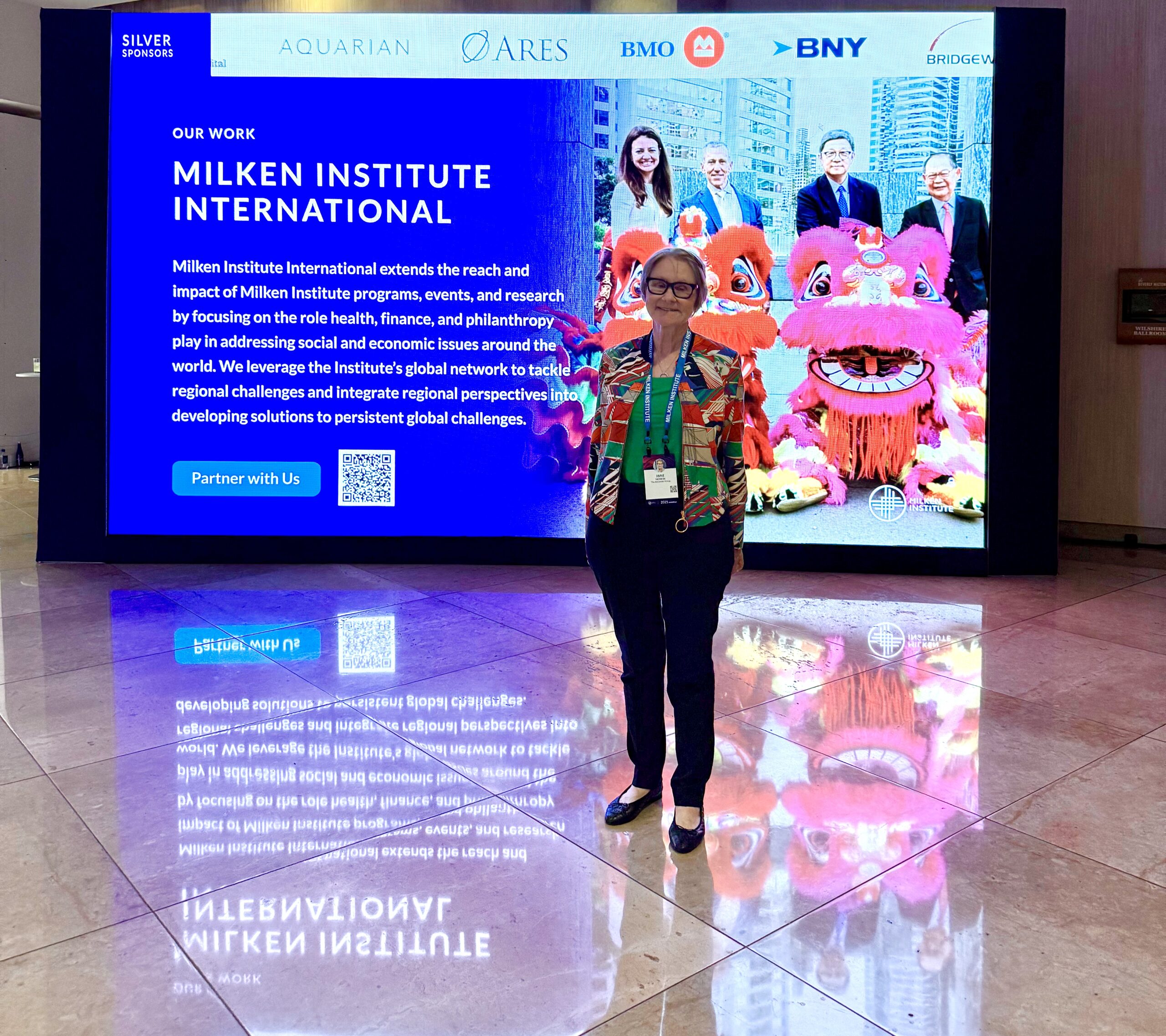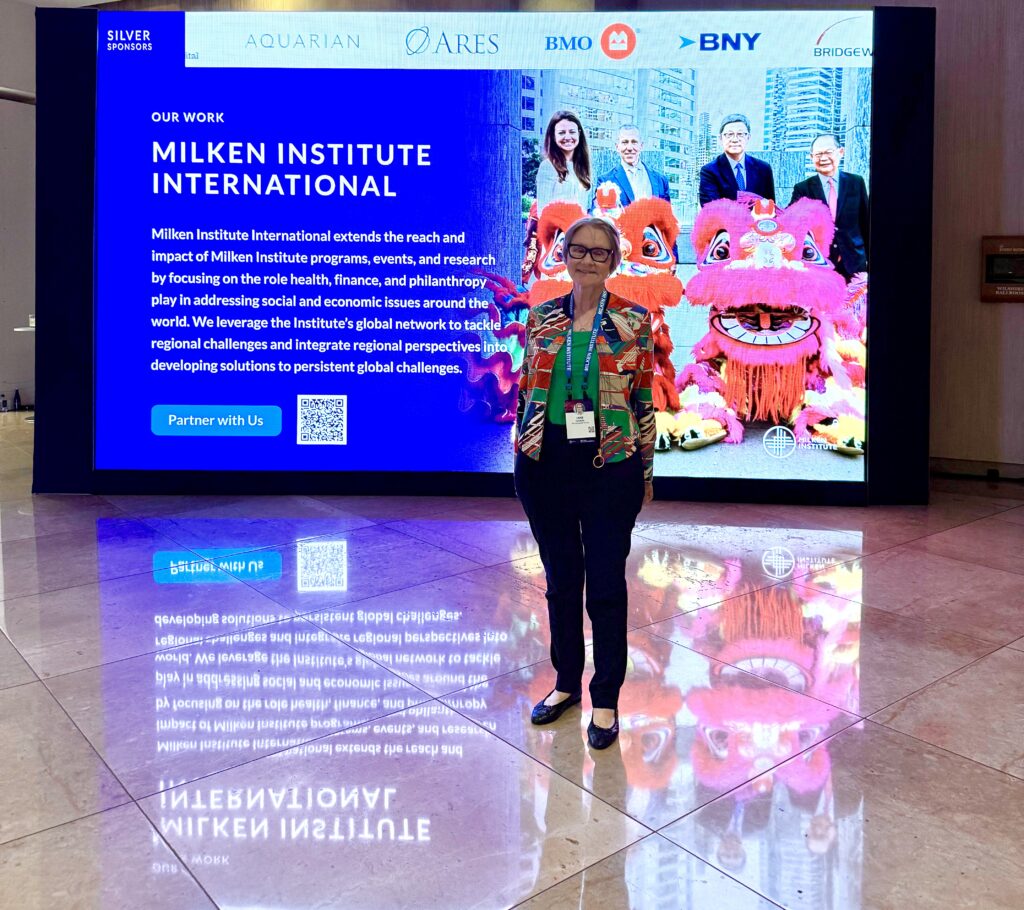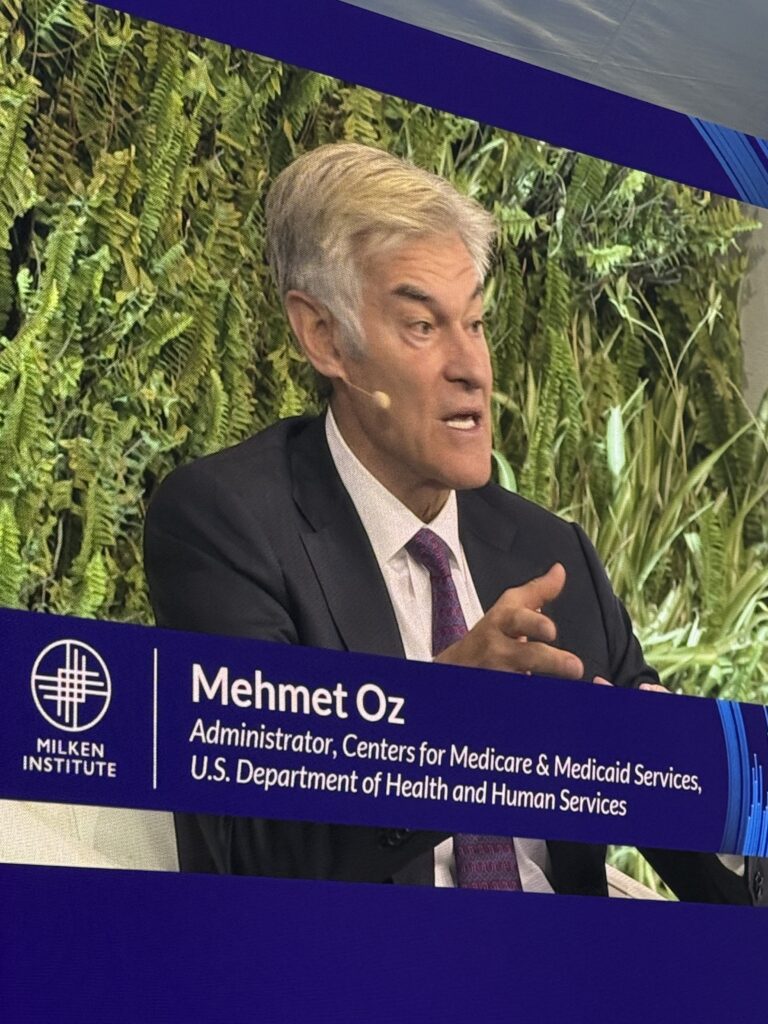
Law firm mergers hit a record high in 2024 as firms sought to leverage practices, expand geographies, and supplement areas of expertise. But while many firms emphasize strategic alignment and cultural compatibility, the real challenge lies in effective law firm merger integration. Leaders often tout how mergers will expand their geographical footprint or align practices, but without a clear integration strategy, these promises can fall short.
Beyond Lawyers: Why Business Services Integration Matters in Law Firm Mergers
Most firms with more than 100 lawyers have professional management of their firms by seasoned business executives. Although a priority of merged firms is integrating practices and leveraging client relationships, it is also important to integrate the business services of the newly combined firm.
Understanding how to grow a law firm effectively requires adding lawyers or expanding practices and ensuring that business services are seamlessly integrated during mergers. However, I don’t believe there is sufficient discussion about the integration of the executives, managers, and teams who fill the combined firm’s business roles and who help keep the proverbial trains running on time and ensure the culture of the newly formed firm is nurtured and supported.
Strategies for Operational Law Firm Merger Integration
It is key for a successful transition to include and engage lawyers in the merged firm in a thoughtful approach to integrating business professionals and systems. Engaging law firm merger consultants can provide valuable guidance in navigating the complexities of law firm merger integration, from merging business systems to ensuring operational efficiencies.
Combining the professional functions should result in operational efficiencies. Typical law firm mergers support the belief that 1 + 1 does not equal 2 for these functions but should perhaps equal somewhere from 1.2 to 1.5, depending on the function.
If, for example, the finance department of each firm has 40 staff members, it is unlikely that the combined finance department of the merged firm will need 80 staff members. The new finance team could decrease from a combined 80 staff to approximately 60 people. Similarly, there will not be a need for two Chief Financial Officers.
I use the finance function and numbers to illustrate this discussion. The same applies to business development and marketing, information technology, human resources, and other professional functions.
Law firm business leaders and the teams who report to them are often long-tenured, trusted professionals who frequently have deep relationships with lawyers throughout the firm. Some have been loyal cheerleaders who help support and maintain a firm culture.
Many of these managers’ titles do not reflect the depth of their knowledge, their work, and the relationships they have built with attorneys. And perhaps most importantly, titles do not convey the institutional memory business managers may carry.
Choosing the Right Leaders: Crafting a Unified C-Suite
The integration team should take a thoughtful and comprehensive approach to the combined firm C-suite for a successful merger. Selecting the Chief Operating Officer of the merged firm may be a foregone conclusion if one firm is perceived as the “dominant” firm.
While selecting leaders from within the merging firms is often the first consideration, an external executive search firm can provide a valuable objective perspective.
By thoroughly assessing leadership needs, skills gaps, and organizational goals, external experts can ensure that the combined leadership team is equipped to drive success. This objectivity helps address potential biases or blind spots in internal selection processes, enabling firms to build a leadership team that aligns with strategic goals.
Avoiding One-Sided Leadership Decisions During Law Firm Merger Integration
Keep in mind these transactions are always presented as mergers – not as acquisitions, even if one side has significantly more heft and investment in the eventual outcome. Making decisions automatically may not be in the best interest of the newly combined firm for many reasons, including skill set, experience, relationships, temperament, flexibility, ability to lead a change management effort, and likely ability to successfully bring new players into their team.
The smaller firm may have superstars amongst their C-suites, and the more prominent firm may have someone in place who is simply keeping the seat warm because of their tenure. Similarly, selecting all the chiefs from one side of the combination will not lay the foundation for a smooth transition.
In some mergers, external hires have proven instrumental in achieving seamless integration and long-term success. For example, firms have brought in external Chief Operating Officers with specific experience in large-scale integrations to bridge operational and cultural divides. These external leaders often provide fresh perspectives and specialized skills that neither firm may possess internally, enabling a more robust integration strategy.
Building a Cohesive Business Framework
Firms must carefully consider how the professional teams will integrate and what systems and processes will be adopted. A well-drafted law firm merger agreement can be a foundational document outlining the integration plan for professional teams, systems, and processes. Firms should consider not only the experience of each manager but also their relationships and accomplishments and how they will work within the combined law firm. Asking thoughtful questions will illuminate who can lead the combined firm as it establishes its culture.
While adding lawyers from different geographies or practices is viewed as accretive — by increasing revenues and presumably profits, sometimes practices do not mesh well. Client conflicts, perceived lack of status in the new organization, or perhaps a concern that without the appropriate teams around them, they will not be able to effectively service their clients, which can prompt lawyers to leave.
Typically, these are guided departures, and inevitably, the departing lawyers wind up happily at another firm. And, of course, we know the moment a merger is announced, other firms will swoop in with potentially attractive offers for lawyers with good books of business and excellent reputations. The same, sadly, cannot be said for the business professionals of the firm, who may be asked to leave; they rarely, if ever, leave with a group or the team they have been working with, and may struggle to find new jobs.
Supporting Business Professionals Through Transition: A Human-Centered Approach
The answers for each merger will be different and often nuanced. As noted above, some members of the business services team will inevitably be without jobs in the new firm. It is important to those leaving and those left behind that leadership takes steps to ensure that the displaced business services professionals are supported properly throughout the process.
Firms with a business services integration plan or checklist are more likely to succeed because they have thought through their infrastructure, systems, and, most importantly, communication process to all constituents. In so doing, they will preserve the culture they have spoken about so eloquently.
The Path to Seamless Law Firm Integration: Leadership, Culture, and Strategy
Post-merger integration in a law firm requires meticulous planning to align not just the business systems but also the culture and operational frameworks of the newly combined entity. Integration takes time, transparency, and care. Developing a comprehensive law firm merger checklist ensures that every step of the integration process is accounted for, from leadership selection to operational alignment. Given the complexities of integrating business services and aligning cultures, leveraging an unbiased, expert-led executive search process can be a critical success factor.
External search partners, like The Alexander Group, provide a neutral, data-driven approach to evaluating potential leaders, whether internal or external. This ensures that leadership appointments are based on merit, alignment with strategic goals, and the ability to drive transformative change rather than on legacy or internal politics.







